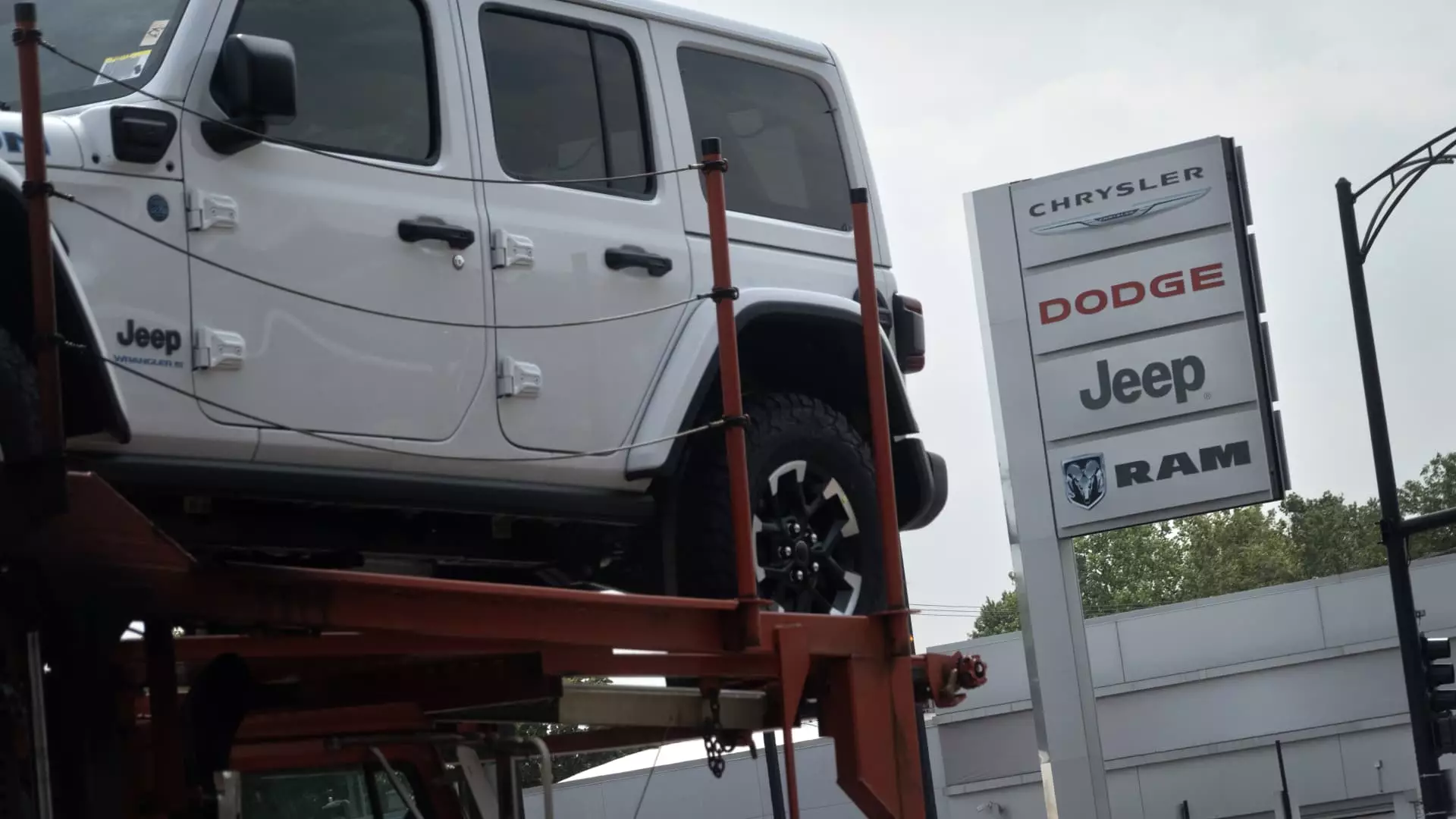The U.S. auto industry has seen a modest 2.9% increase in sales in the first half of the year compared to the previous year. However, experts are wary of the industry’s ability to sustain this growth trajectory for the remainder of the year. Various factors, including escalating vehicle inventory levels, rising incentives, and a sense of economic uncertainty due to factors like interest rates and the upcoming U.S. presidential election, are contributing to a cloud of doubt hanging over the sector.
Cox Automotive, a prominent data and research firm, anticipates a deceleration in sales growth over the next six months, projecting a total of 15.7 million units sold, representing only a 1.3% uptick from 2023 figures. What’s particularly concerning is that this growth is predominantly being driven by commercial sales, as opposed to the more profitable consumer segment. This shift in dynamics could spell trouble for automakers who have been banking on robust consumer demand to fuel their profits.
While the current scenario might seem favorable for buyers who have been waiting for the right time to make a purchase in light of abundant vehicle supplies and attractive pricing, it poses a significant challenge for manufacturers. The prolonged period of high demand and limited vehicle availability during the pandemic had propelled automakers to record profits, a trend that is now showing signs of tapering off.
Many industry analysts, including Cox’s senior economist Charlie Chesbrough and chief economist Jonathan Smoke, are voicing concerns over the possibility of a sales slowdown in the second half of the year. The days of exceptional pricing and profit margins for automakers may be numbered, as market uncertainties loom large and threaten to dampen the recent sales momentum.
When dissecting the sales landscape for the first half of the year, it is anticipated that industry stalwarts like General Motors, Toyota Motor, and Honda Motor will emerge as the top performers. Toyota’s consistent growth trajectory could potentially position it as a formidable challenger to GM’s market dominance once again. On the flip side, companies like Tesla and Stellantis are facing headwinds, with sales estimates indicating a decline of 14.3% and 16.5%, respectively, through June.
The evolving market dynamics are evident in the changing retail share of the industry, with a projected decrease of nine percentage points from 2021 to approximately 79%. Rental, commercial, and leasing segments are exhibiting signs of robust double-digit growth, underlining a shift in consumer preferences and purchasing behavior. Honda’s ascendancy over Stellantis in U.S. sales rankings during the first half symbolizes the reshuffling of the competitive landscape within the industry.
As Cox Automotive’s experts caution about the unforeseen challenges that lie ahead, the U.S. auto sector stands at a critical juncture. The era of a seller’s market that reigned supreme over the past few years appears to be fading away, giving way to a more balanced and competitive marketplace. With this transformation, the industry will witness a further deterioration in new vehicle grosses and dealer profitability, signaling a period of adjustment and recalibration for all stakeholders involved.

